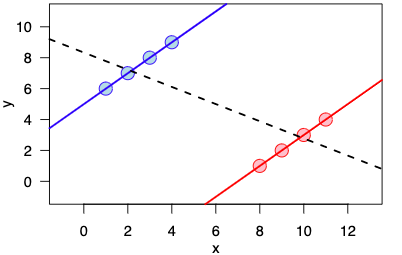Ask yourself questions:
Before you consider switching to data science, you should first ask whether you actually need to do so. Whether you have the necessary skillsets and aptitude to do so. This is because data science is purely applied math. It’s not really something cool, technical, or extremely high-tech. And if you don't love mathematics, you will hate it. Data science is not a kind of complex computer programming. Computer programming is used as a tool in data science. At its core, data science is essentially mathematics. And if you don't enjoy math, you won't like data science.
If you don't enjoy programming, attempt to learn the basic fundamentals. You could try to delegate your programming, but at the very least, you need to have some appreciation for data, and that can only happen when you have some understanding of mathematics. If you think that trigonometry and calculus don’t have any practical applications, you probably aren't meant for data science.
However, if you have advanced to the point where you feel that you have the necessary clarity of thought and are certain that you want to switch to data science. Then, there are two ways to go about doing that. First is the traditional method, and the unconventional method
Traditional Method of Transitioning to Data Science:
The traditional route is to en-roll in a data science programme. Do make sure that it must be a full-time programme offered by a reputed university. In Indian Context, the Indian Statistical Institute(ISI), the IISc Bangalore, the IITs, are great places to look for. This course must be a full-time course not a course that you would do over the weekend. You must dedicate one or two years to that programme, putting everything else on hold.
Unconventional Method of Transitioning to Data Science:
The unconventional approach is to complete some sort of data science project and build a portfolio. Then, using that to transition by getting recommendations from friends, understanding the specifics of a given data science job posting, and working to improve on the same. If you start applying to 10–20 data science positions, and you prepare for every position in a very specific way over the course of, say, five-six months or a year, you will know what you need to do, to be a successful Data Scientist.
Now the question arises: How do you build a portfolio, and how do you create data science projects from scratch? To do that, you have to identify problems in your life that you care deeply about and turn those into data science projects. Either solve those problems or at the very least find an approach and try to consider what might be a potential solution. If you believe that, while you have identified a data science problem, you are stuck somewhere or that you do not actually have a data science problem to solve, I've made a number of videos explaining how to start data science projects and what sorts of projects fall under the data science umbrella. You may watch those videos.
You can get in touch with me through email, a message on LinkedIn, Instagram, or through visiting my verified Topmate profile: https://topmate.io/ashish_gourav.
